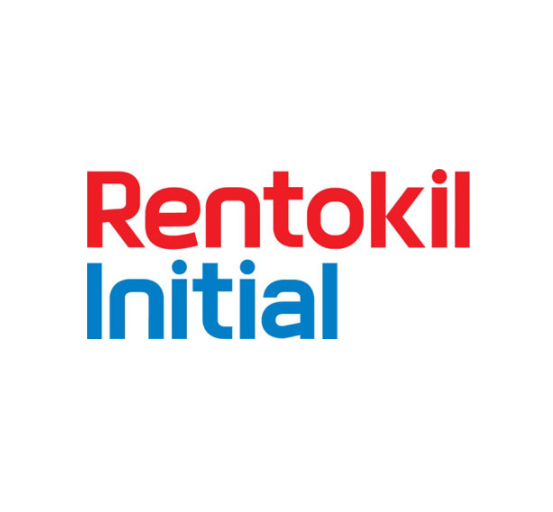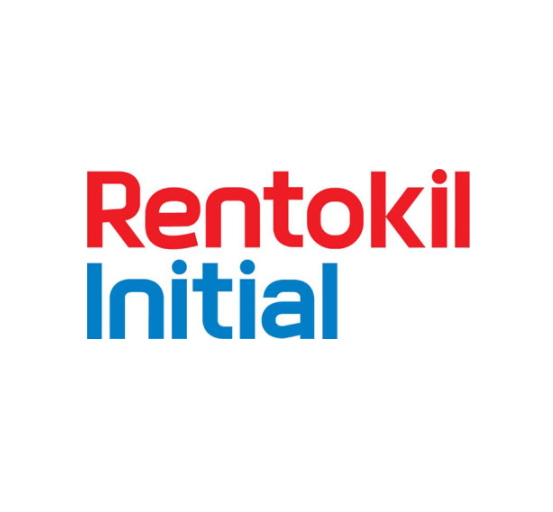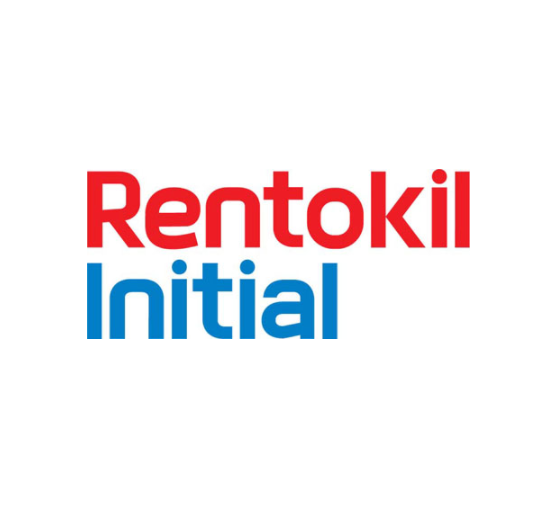Information
-
Date & Time of Inspection:
-
Type of Inspection:
- Service Supervisor/ Manager Inspection
- SHE Committee Inspection
- SHE Manager/ Coordinator Inspection
- Post Incident Inspection (after an incident)
-
Country:
- Brunei
- China
- Hong Kong
- India
- Indonesia
- Korea
- Malaysia
- Philippines
- Singapore
- Thailand
- Taiwan
- Vietnam
- Sri Lanka
-
Branch:
-
Inspected By/ Inspection Team (Name, Job Title):
-
Inspection Area:
- Customer’s Premise
- Head Office
- Branch
- Other
-
Customer's Company Name:
-
RI Branch Name:
-
Please indicate which other area. If for residence, please indicate Residence Name/ Address.
Technician/ Service Specialist/ Cleaner/ Storekeeper
Technician/ Service Specialist/ Cleaner/ Storekeeper
-
Interview 1-2 of the above colleague about their work hours and rest hours, and spot check/ test their understandings of the SHE Golden Rules & Zero Tolerance Policy relevant to them.
Technician/ Service Specialist/ Cleaner/ Storekeeper
-
Name:
-
Job Title:
-
A. Staff do not work excessive work hours (beyond regulatory requirements) and has adequate rest hours between work shifts?
-
B. Staff understands and can explain the SHE Golden Rules well?
-
C. Staff understands and can explain the relevant Zero Tolerance Policy (ZTP) completely?
Inspections
-
INSPECTION GUIDE
1. Answer "Yes", "Partial", "No", "NA" on the questions below.
2. Add photos and notes for your findings by clicking on the paperclip icon.
3. For any Non-Conformance (NC) or Area for Improvement (AFI), please add in Corrective Actions. Click on the paperclip icon, then select "Add Action". Write down the finding & action to take, assign to a designated person (from the given list in iAuditor), set priority level and due date.
4. Complete audit by providing digital signature.
5. Share your report by exporting as PDF and/or Word format.
Inspections
-
1. Thermal Fogger stored in the vehicle in secured manner? Extinguisher and First Aid kit available and accessible from the vehicle / customer’s site?
-
2. Customer and site occupants have been notified of the fogging schedule?
-
3. SRA has been conducted at the site? (check SRA report on service docket/ hand phone and take a photo.)
-
4. Are the hazards and risk control measures updated accurately in the SRA?
-
5. People and animals/ pets in the areas to be fogged have been cleared/ moved from the area, or have been protected?
-
6. Windows, air conditioner compressor, food, utensils, cups, personal items etc, in the areas to be fogged, have been closed/ covered up/ removed?
-
7. Technician completed M16 Thermal Fogging Critical Safe Behaviors training?
-
8. Standard “Caution. Fogging In Progress” sign is available and being used?
-
9. Is the thermal fogger in good condition e.g. shoulder strap, guard on fog tube, tanks, tank cap, pump? (do visual check and take a photo of the unit)
-
10. Is technician aware of the minimum cooling time for a hot thermal fogger after use? Does he practice it? Answer: At least 15 minutes
-
11. Is technician aware of the minimum distance to maintain between an operating fogger nozzle and a wall/ other object? Does he practice it?<br>Answer: At least 60cm to prevent fire due to blocking of airflow that cools the machine.
-
12. Is technician aware of the maximum level that a fogger solution tank and fuel tank can be filled up to? Does he practice it? (check the tanks for sign of spill/ leak and take photo)<br>Answer: Maximum level is Three-quarter (3/4) tank only. Over-filling & spillage can cause fire!!
-
13. No fogging into any confined space e.g. drain hole, manhole, underground sewer, silo, tank. (no pointing of fog tube into any drain and confined space manhole)
-
14. Technician has the right PPE and in good condition? Answer 14(a)-(k) below. (take photos)
-
14(a). Long sleeve shirt/ jacket/ coverall
-
14 (b). Long trousers
-
14 (c). Ear muff (Do not use ear plugs, it does not provide adequate noise protection)
-
14 (d). Cartridge respirator with suitable organic vapor and particulate filters (half-face/ full face)
-
14 (e). Safety goggles (not required if using full-face respirator)
-
14 (f). Chemical resistant gloves <br>(rubber/ nitrile reusable gloves for preparing fogging solution, filling up solution & fuel tanks. <br>Do not use disposable gloves or cotton gloves.)
-
14 (g). Fire retardant gloves (leather/ kevlar gloves for fog application)
-
14 (h). Safety Shoes
-
14 (i). High visibility vest (if fogging areas are near to road/ carpark/ areas with moving vehicles)
-
14 (j). Cap/ Hat
-
14 (k). Other PPE as required by customer/ due to risk identified from SRA. If yes, please provide more details in the Comments below.
-
15 (a). Technician is wearing the right PPE during chemical mixing, filling up solution tank and fuel tank : <br>long sleeve shirt/ coverall/ jacket, long trousers, cartridge respirator with suitable filters, safety goggles, chemical resistant gloves, safety shoes, high visibility vest? (take photos)
-
15 (b). Technician is wearing the right PPE during fog application :<br>long sleeve shirt/ coverall/ jacket, long trousers, cartridge respirator with suitable filters, safety goggles, fire retardant gloves, ear muff, safety shoes, high visibility vest, cap/ hat? (take photos)
-
16. Technician used funnels while preparing fogging solution and filling in the solution tank and fuel tank, to prevent spillage. Take photo.
-
17. Technician fog in the same direction of the wind (not against the wind). His visibility is not affected by wind direction and fog. Take photo.
-
18. Technician walk forward while fogging, to avoid the risk of slips, trips and falls. Take photo. (Only walk backwards if you can be physically guided by another person.)
-
19. No slip, trip & fall hazard observed e.g. open drain, slope, slippery floor, uneven ground, tall grass area? (warn technician and take photo)
-
20. Any other hazards observed? <br>If no, please mark NA below.<br>If yes, please provide more details in the Note below.
Signature - Inspection done by
-
Inspection Done By
Person
-
Name & Signature (click on pen icon to sign):
-
Job Title:









